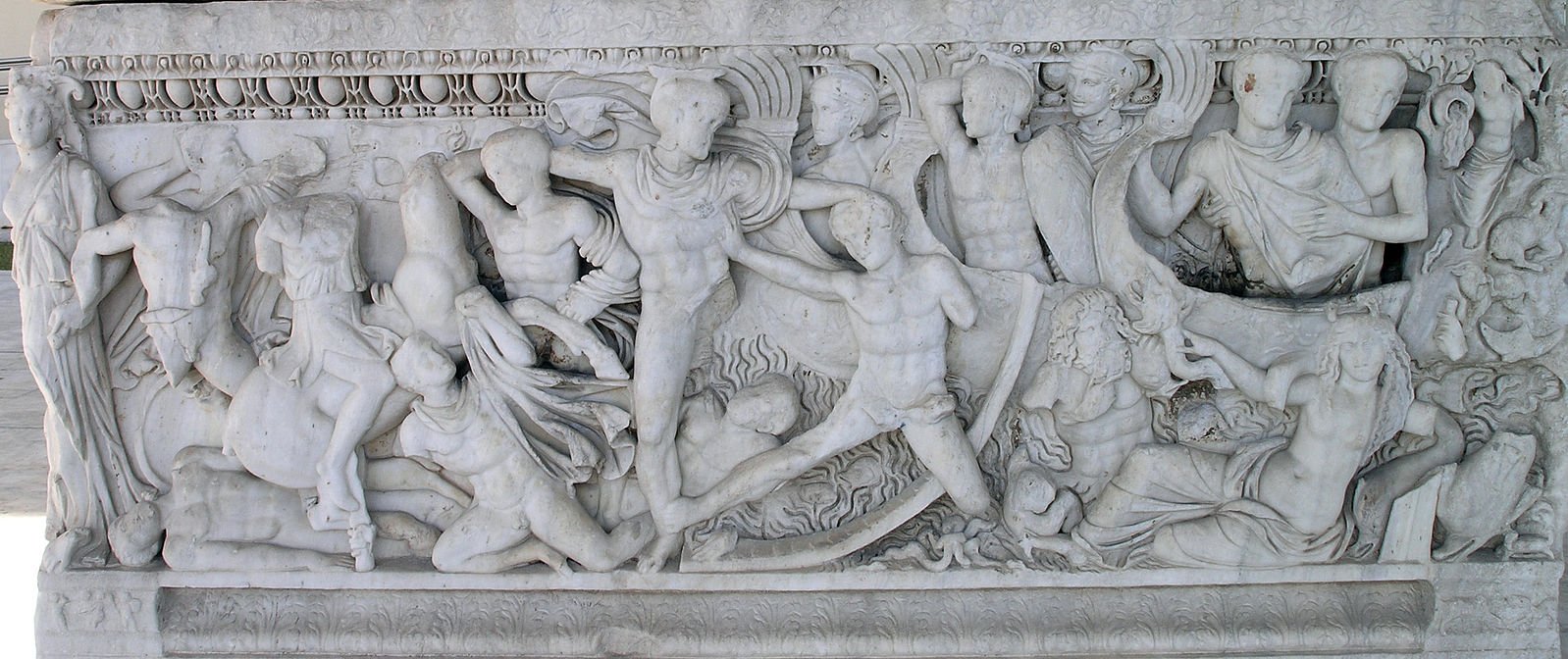Interning on the MANTO Myth Digitisation Project – My Experience
Written by Tiana Munro
Having the opportunity to work alongside a few other Macquarie University students on this project has been an exciting and unforgettable experience. When I was first approached with the list of projects that I could join as a part of my PACE MQU unit, only a few stood out to me, and this project in particularly was almost saying “Look at me!!”. I read the description, and though I didn’t really have much of an understanding of linked open data or what it really meant to be creating a digital model of the story world of Greek myth, I knew that I loved all things Ancient Greece, and I knew that the idea of mapping this digitally sounded not only intriguing, but accessible, and as a history student I definitely value public accessibility to all history, but especially ancient.
After our first couple meetings it was clear that this project was going to require some hard work and commitment, but I was eager to learn what this all meant. There was first an introduction to the project, what we were capturing, etc. We learnt about the periods we were looking at (Trojan War, Heraclids, and +5 generations onwards). Having a clear scope, it was time to get into the data.
Sculpted neo-Attic sarcophagus representing the battle at the ships in the Trojan War, in the Thessaloniki Archaeological Museum, inv. 1246. Second quarter of the 3rd c. AD.
We started by looking at Pomponius Mela, through which I started to gain an understanding of what content I was supposed to ‘capture’ and put into the system MANTO uses to publish this work, nodegoat. It turned out that capturing the content was a lot harder than entering the data, as MANTO had a step-by-step manual to help assist with data entering, which you can find on the site. We got through Pomponius Mela fairly quickly, and since we had learnt a lot more about entering data, we were given more freedom in what we were to do next, I chose to look at Strabo, specifically Book 8, parts 4 (Messenia), 5 (Lakonia), and 6 Achaia.
Strabo, though a great literary source with countless information, is one of those authors who you read through but in your head, you’re wishing this guy would just tell you the information, not allude to other literature (he admired Homer’s Iliad and Odyssey, and constantly referred to him). Reading through Strabo, though, allowed me to learn a lot more about Greek myth, in areas I wasn’t too well informed on. I learnt more about Heracles and the Heraclids, their re-conquering of the ancient world and being the founding blocks of Sparta in particular.
Ultimately, I found that this project was an immense joy to work on. Our in-person meetings to discuss the work was often thought provoking, but also highly enjoyable as we were just a bunch of history people talking about what we love, history. I’m thankful for the opportunity, and so proud to have my work published on MANTO.
This is the first in a series of blog posts from students at Macquarie University who answered the call for PACE interns this semester
